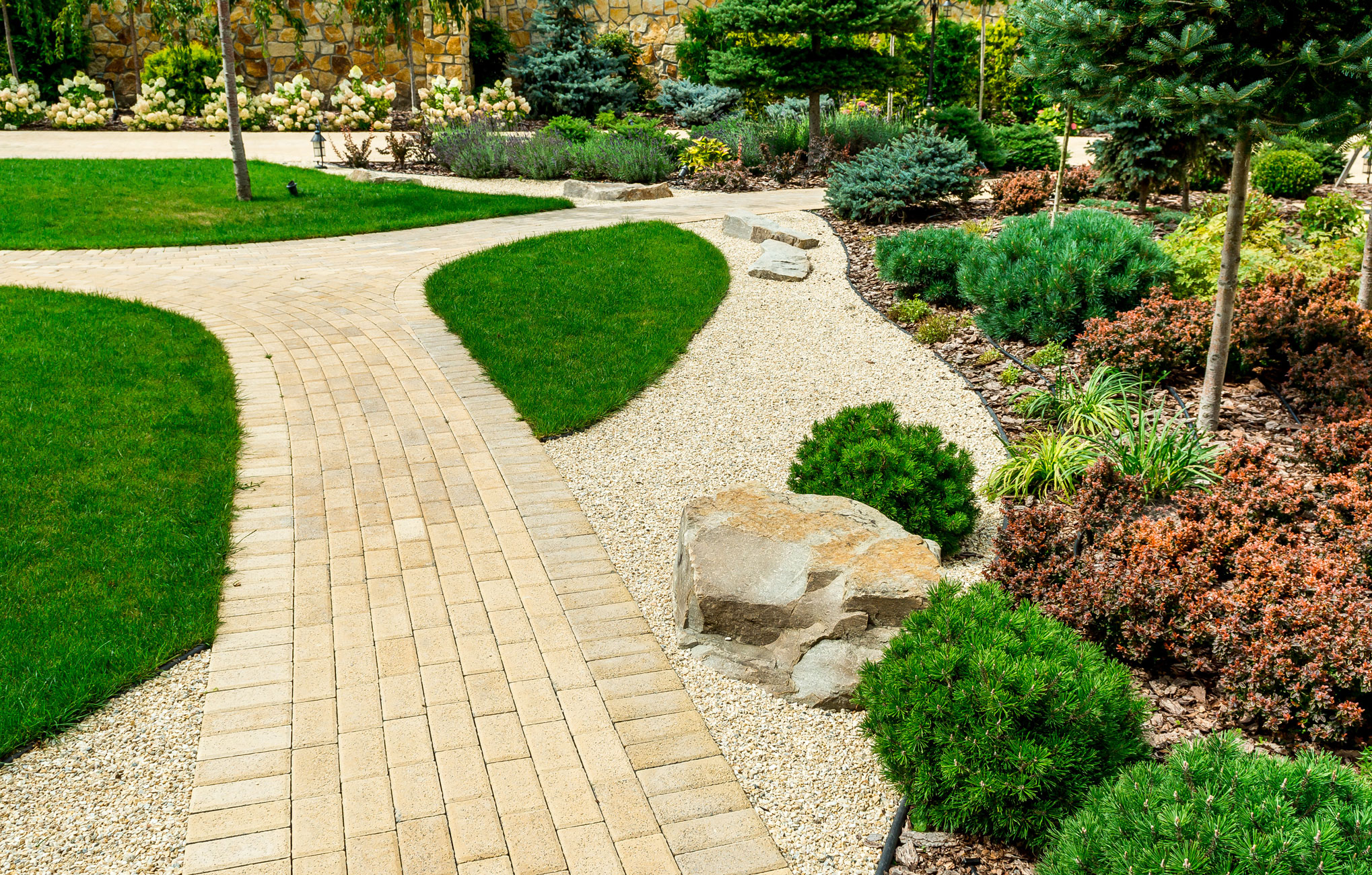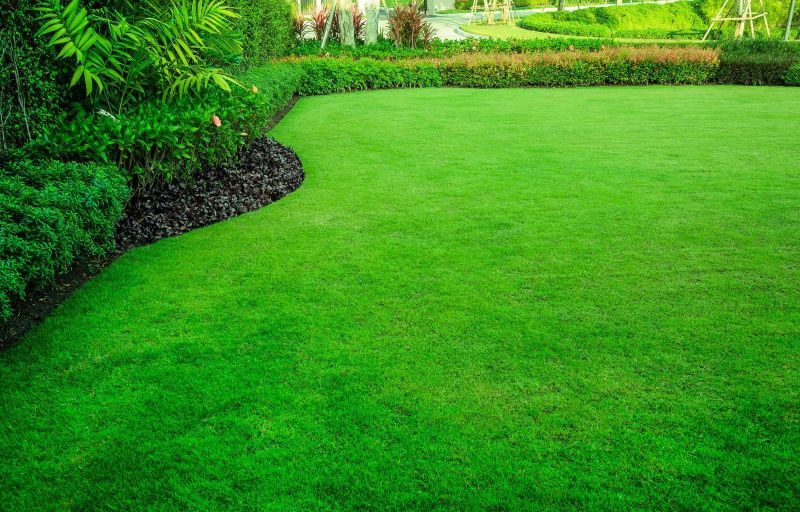A well-designed lawn can add tremendous value and beauty to any property. It can be an inviting outdoor space for family and friends to gather, and it can also increase the curb appeal of your home or business. However, designing a lawn is not just about aesthetics; it also involves careful consideration of various factors that can affect the health and growth of the grass.
As a landscape and concrete construction provider, we have seen the impact that a well-designed lawn can have on a property. In this blog post, we will discuss the importance of designing a lawn, the factors that should be considered, and the benefits that come with it.
Firstly, the importance of designing a lawn cannot be overstated. A lawn is an investment in your property, and a well-designed lawn can increase the value of your home or business. In fact, studies have shown that a well-maintained lawn can add up to 15% to the value of a property. A beautiful lawn can also create an inviting outdoor space that can be used for a variety of activities, such as picnics, games, or even just relaxing with a book.
Secondly, designing a lawn involves careful consideration of various factors. One of the most important factors is the type of grass that will be used. Different types of grass have different characteristics, such as how much water and sunlight they need, how quickly they grow, and how they respond to different types of soil. The climate of the area also needs to be considered, as some types of grass thrive in cooler temperatures while others do better in warmer climates.
Another factor to consider is the soil quality. A healthy lawn requires soil that is well-draining, fertile, and rich in nutrients. Soil testing can help determine the pH level, nutrient content, and other characteristics of the soil, which can help determine what type of fertilizer and other soil amendments are needed.
The size and shape of the lawn are also important considerations. A lawn that is too small or too large can detract from the overall aesthetic appeal of the property. Similarly, a lawn that is too narrow or too wide can create an unbalanced look. The shape of the lawn should also complement the overall design of the property, whether it is a residential or commercial property.
The slope of the lawn is also a crucial factor to consider. If the lawn is on a slope, it can affect how water drains and how much erosion occurs. Proper grading and drainage can help prevent issues such as water pooling or runoff, which can damage the grass and create an unsightly appearance.
Finally, designing a lawn has numerous benefits. A well-designed lawn can reduce erosion, improve water quality, and even help reduce greenhouse gas emissions. Grass absorbs carbon dioxide from the atmosphere and releases oxygen, which can help reduce the carbon footprint of a property. A lawn can also help reduce noise pollution and provide a natural habitat for birds and other wildlife.
In addition to the environmental benefits, a well-designed lawn can also have economic benefits. A beautiful lawn can increase the value of a property and attract potential buyers or tenants. It can also reduce energy costs by providing shade and cooling during hot summer months.
In conclusion, designing a lawn is an essential part of creating an attractive and functional outdoor space. A well-designed lawn can add value and beauty to any property, while also providing numerous environmental and economic benefits. As a landscape and concrete construction provider, we understand the importance of designing a lawn that is tailored to the unique needs and characteristics of each property. We take pride in our ability to design and install beautiful and functional lawns that meet the needs of our clients. Contact us today to learn more about how we can help you create the perfect lawn for your property.

